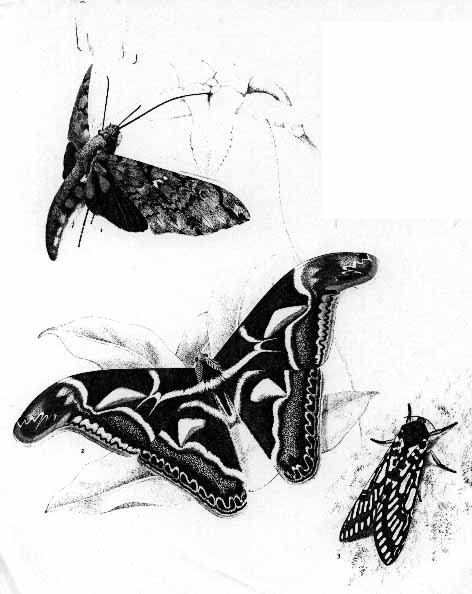
BY JERROLD E. LEVY, RAYMOND NEUTRA, AND DENNIS PARKER, UNIVERSITY OF ARIZONA, TUCSON; 1987.
The Navajo have a different classification of seizure disorders than that found in most standard textbooks of neurology. What we physicians call grand mal seizures, they refer to as moth madness (’ich’ah) so called because the victim, like the moth, writhes and flutters, and is in danger of falling into the fire. The etiology of this disorder is sibling incest. The Navajo word for glans penis is closely related (iich'ah). What Medicine (I want to say Western medicine, but realize that the true natives of the West are the Navajo) calls complex partial seizures or psychomotor epilepsy, the Navajo call frenzy witchcraft (aji’ee), and is caused by a spell cast by a lustful witch. Ndishniih, or hand trembling, is a unilateral shaking of an extremity, resulting from possession by a Gila Monster. Those affected by this condition have a special ability to divine and diagnose disease. Neurologists call this syndrome simple partial epileptic seizures, and consider its etiology to be an aberrant electrical focus in the brain.
Unlike their medical brethren, the Navajo are
not troubled by the differential diagnosis of hysterical pseudoseizures.
It is of little interest to them that their young girls are afflicted with
ajit’ee,
while the young girls of seventeenth century Salem were possessed by Satan,
and the young girls of Sigmund Freud's Vienna were treated for hysteria
(which Freud initially thought was
caused by father-daughter incest). This book translates Navajo concepts
and language that are strange to us, into more familiar and comfortable
medical terms. A Navajo man is described as having “obvious left-sided
dysfunction, hyperreflexia, and equivocal left Babinski reflex...we suspected
that he may have cast an embolus to the left femoral artery.” This
is more reassuring to us than to think that he might be possessed by Gila
Monster.
Alice, whose seizures were diagnosed
by another hand trembler as caused by the ghost of her dead infant, is
described in more
acceptable (to us) psychoanalytic terms: “There is much evidence that
she handles the more dysphoric, deprived, and empty feelings through externalization
and somatization...I see her along the lines of anaclitic paranoia; a woman
who projects strong and aggressive feelings onto others.”
Some years ago, I stood with my family before the Western Wall in Jerusalem. Within a stone’s throw (a poor choice of metaphor these days) of this, the site of Solomon’s Temple, was the Dome of the Rock, where the binding of Isaac took place, and whence Mohammed flew to heaven on his fiery steed. Around the corner were Calvary and the Church of the Resurrection. It is to this spot that the umbilical cord descending from heaven to earth is implanted.
In the plaza before the Wall roamed a thin elderly man. Enshrouded in a heavy woolen prayer shawl, he would throw back his arms and tilt his head back every few paces, crowing forth loud cries of triumph or warning, we could not be sure which.
“Amazing,” I said to my wife. “At home, he'd be labelled schizophrenic and would be hustled off to the state hospital; here, he's a holy man."
His hollow eyes fell upon my son, nine years old at the time.
He walked directly to him, and asked him in guttural Hebrew for his name. With utter trust, my son answered, following his own name with mine. The man placed his gnarled brown hands upon the head of my son, and invoked God's blessing upon him. It was a mystical moment, almost too much for my chronic cynicism to bear, and I reached into my pocket for a dollar. Offended, the man shook his head and moved on. But the blessing worked, and my son has radiated goodness and kindness ever since. So, was the man a saint, a tzaddik (righteous holy man), a schizophrenic, or a hand trembler?
The book rambles and lacks cohesion, but, then,
so do we all.
